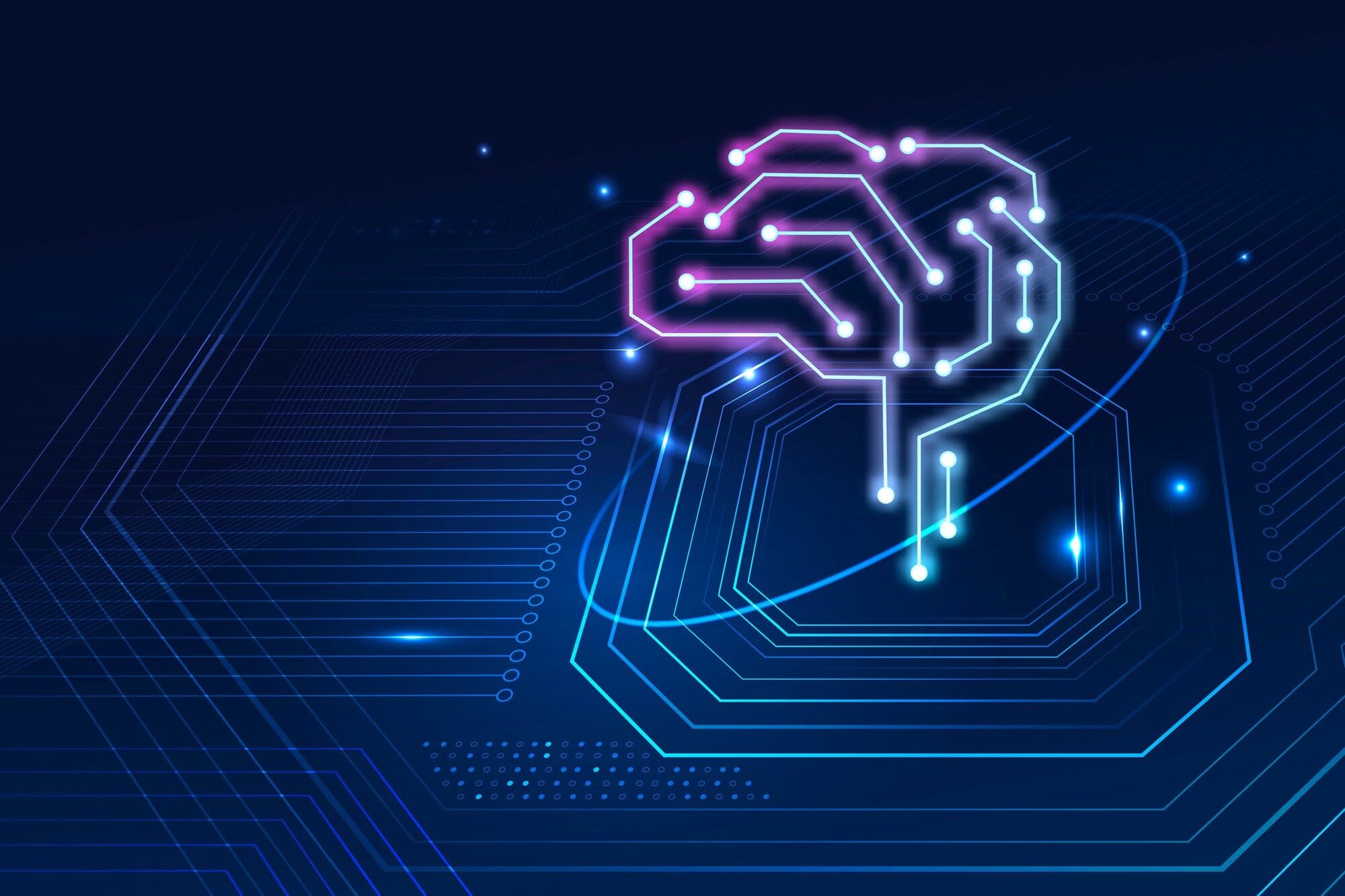7 Best Libraries for Machine Learning Explained
Learn about machine learning libraries for building and deploying machine learning models.

Image by rawpixel.com on Freepik
Key Takeaways
- Machine learning libraries are an important tool for building and deploying machine learning models
- They provide a range of functions and algorithms that can be used to train and test models as well as make predictions and decisions based on data.
- There are many different machine learning libraries available, each with its own strengths and capabilities, so it is important to choose the right library for your project.
- Machine learning libraries are an essential part of the machine learning ecosystem and are widely used by developers and data scientists around the world.
Introduction
The concept of machine learning dates back to the 1950s, with the development of early artificial intelligence (AI) systems and the introduction of algorithms for training models from data. However, the first machine learning libraries as we know them today, which provide tools and frameworks for implementing and training machine learning models, did not appear until the 1980s and 1990s.
One of the earliest machine learning libraries was the Statlib library, which was developed at Carnegie Mellon University in the 1980s. This library provided tools for statistical analysis and machine learning, including support for decision trees and neural networks.
Other early machine learning libraries include the Weka library, developed at the University of Waikato in New Zealand in the 1990s, and the LIBSVM library developed at the National Taiwan University in the late 1990s. These libraries provided tools for a variety of machine learning tasks, including classification, regression, and clustering.
Over time, the field of machine learning has continued to evolve and grow, and today there are many machine learning libraries available, each with its own unique features and capabilities.
Machine learning is a rapidly growing field that has numerous applications in various industries. One of the tools that are commonly used in machine learning is a library. In this article, we will explain what machine learning libraries are and how they can be used.
In programming, a library is a collection of pre-written code that can be used in a program to perform a specific task or set of tasks. Libraries are often provided as a way for programmers to reuse code that has already been written and tested, rather than having to write all of the code from scratch every time it is needed.
Machine learning libraries are software libraries that provide tools and functions for building and implementing machine learning models. They are an essential part of the machine learning ecosystem, as they provide a range of capabilities that enable developers and data scientists to easily build, train, and deploy machine learning models.
There are many machine learning libraries available, and each has its own unique set of features and capabilities. Some of the most popular machine learning libraries include NumPy, Matplotlib, Pandas, Scikit-Learn, TensorFlow, PyTorch, and Keras.
NumPy
NumPy is a Python library for scientific computing that is widely used in the field of machine learning. It provides a high-performance multidimensional array object, as well as tools for working with these arrays. In machine learning, NumPy is often used to store and manipulate large amounts of data that are used as input to machine learning models, as well as to perform mathematical operations on this data in order to prepare it for use in machine learning algorithms. NumPy can be imported in Python as follows:
import numpy as np
Matplotlib
Matplotlib is a comprehensive library for creating static, animated, and interactive visualizations in Python. Matplotlib can be imported as follows:
import matplotlib.pyplot as plt
pandas
Pandas is a fast, powerful, flexible and easy to use open source data analysis and manipulation tool, built on top of the Python programming language. Pandas can be imported as follows:
import pandas as pd
Scikit-learn
Scikit-learn is a machine learning library for Python. It is designed to be easy to use and provides a range of tools for building and training machine learning models. Scikit-learn has a focus on supervised learning and provides a range of algorithms for classification, regression, and clustering. It also has tools for feature selection, dimensionality reduction, and model evaluation. scikit-learn is a popular choice for beginners and experts alike, due to its simple and intuitive interface and extensive documentation. Some examples of Scikit-learn:
from sklearn.preprocessing import OneHotEncoder
from sklearn.model_selection import train_test_split
from sklearn.model_selection import train_test_split
from sklearn.linear_model import LinearRegression
from sklearn.metrics import r2_score
TensorFlow
TensorFlow is a machine learning library developed by Google. It is widely used for building, training, and deploying machine learning models, and has a strong focus on deep learning. TensorFlow has a comprehensive set of tools for building and training neural networks, including support for convolutional neural networks (CNNs) and long short-term memory (LSTM) networks. It also has a flexible and efficient execution model, allowing developers to build models that can run on a variety of hardware, including CPUs, GPUs, and TPUs. TensorFlow can be imported in Python as follows:
import tensorflow as tf
PyTorch
PyTorch is a machine learning library for Python developed by Facebook. It is designed for fast and flexible prototyping and has a strong focus on deep learning. PyTorch has a dynamic execution model, allowing developers to easily modify their models during training. It also has support for GPU acceleration, making it well-suited for training large and complex models. PyTorch has a growing community and is widely used for research and production machine learning applications. PyTorch can be imported as follows:
import torch
Keras
Keras is a high-level machine learning library that is built on top of TensorFlow. It is designed to make it easy to build and train deep learning models. Keras provides a range of layers and models that can be used to build neural networks and other machine learning models.
import tensorflow as tf
from tensorflow import keras
In addition to these libraries, there are many other machine learning libraries available, including Theano, MXNet, and Scipy. Each of these libraries has its own unique features and capabilities, and the right library for your project will depend on your specific needs and requirements.
Case Study
Using Python libraries to implement a multi regression machine learning model for predicting crew size for a cruise ship.

Image Source: Unsplash
In this case study, a multi regression model is used to build a machine learning model for predicting crew size of a cruise ship based on features such as: ['Tonnage', 'passengers', 'length', 'cabins']. The following libraries are used in this case study:
- NumPy
- Matplotlib
- Pandas
- Scikit-learn
The dataset and code for this project can be downloaded from here:
https://github.com/bot13956/ML_Model_for_Predicting_Ships_Crew_Size
In conclusion, machine learning libraries are an important tool for building and deploying machine learning models. They provide a range of functions and algorithms that can be used to train and test models as well as make predictions and decisions based on data. There are many different machine learning libraries available, each with its own strengths and capabilities, so it is important to choose the right library for your project. Machine learning libraries are an essential part of the machine learning ecosystem and are widely used by developers and data scientists around the world.
Benjamin O. Tayo is a Physicist, Data Science Educator, and Writer, as well as the Owner of DataScienceHub. Previously, Benjamin was teaching Engineering and Physics at U. of Central Oklahoma, Grand Canyon U., and Pittsburgh State U.
